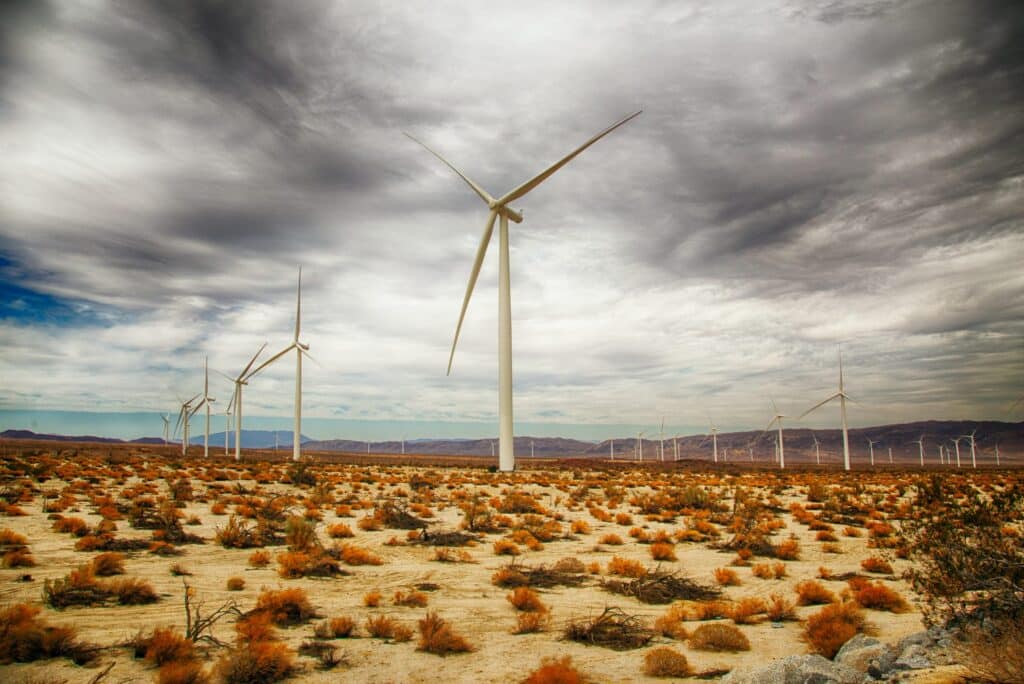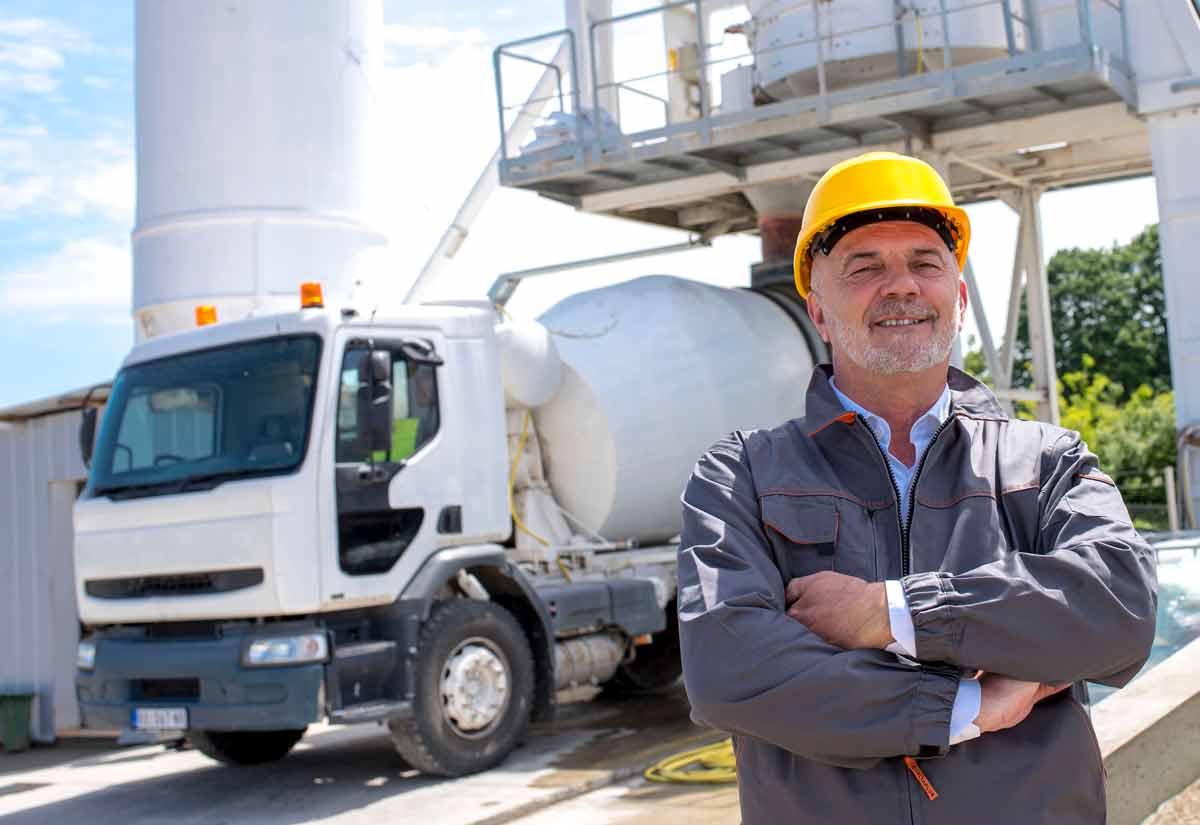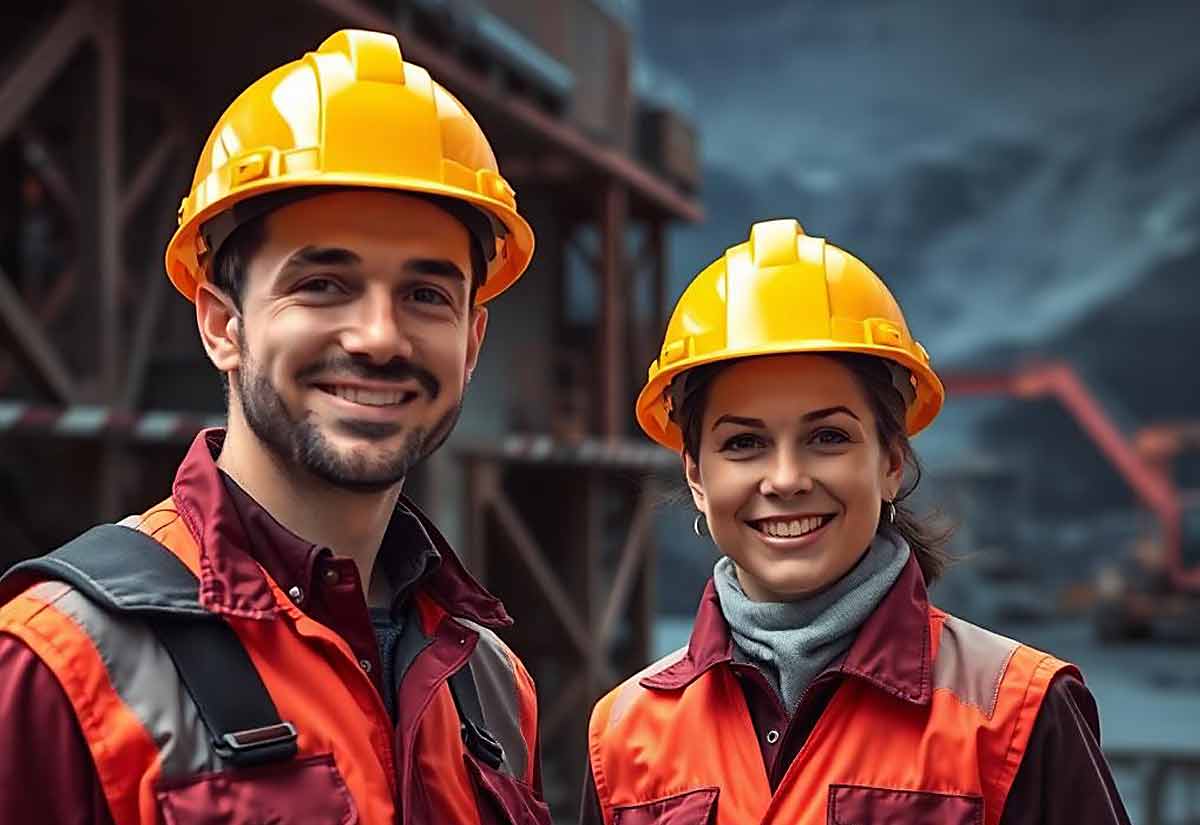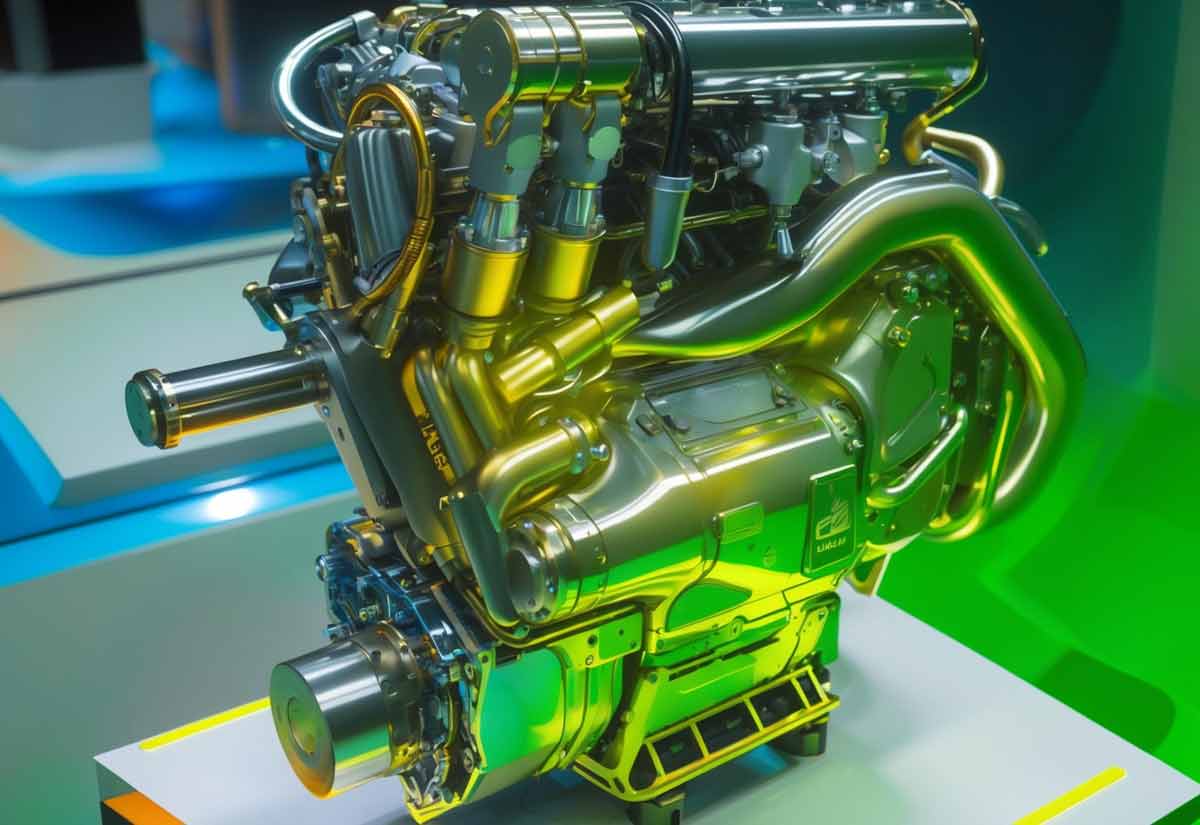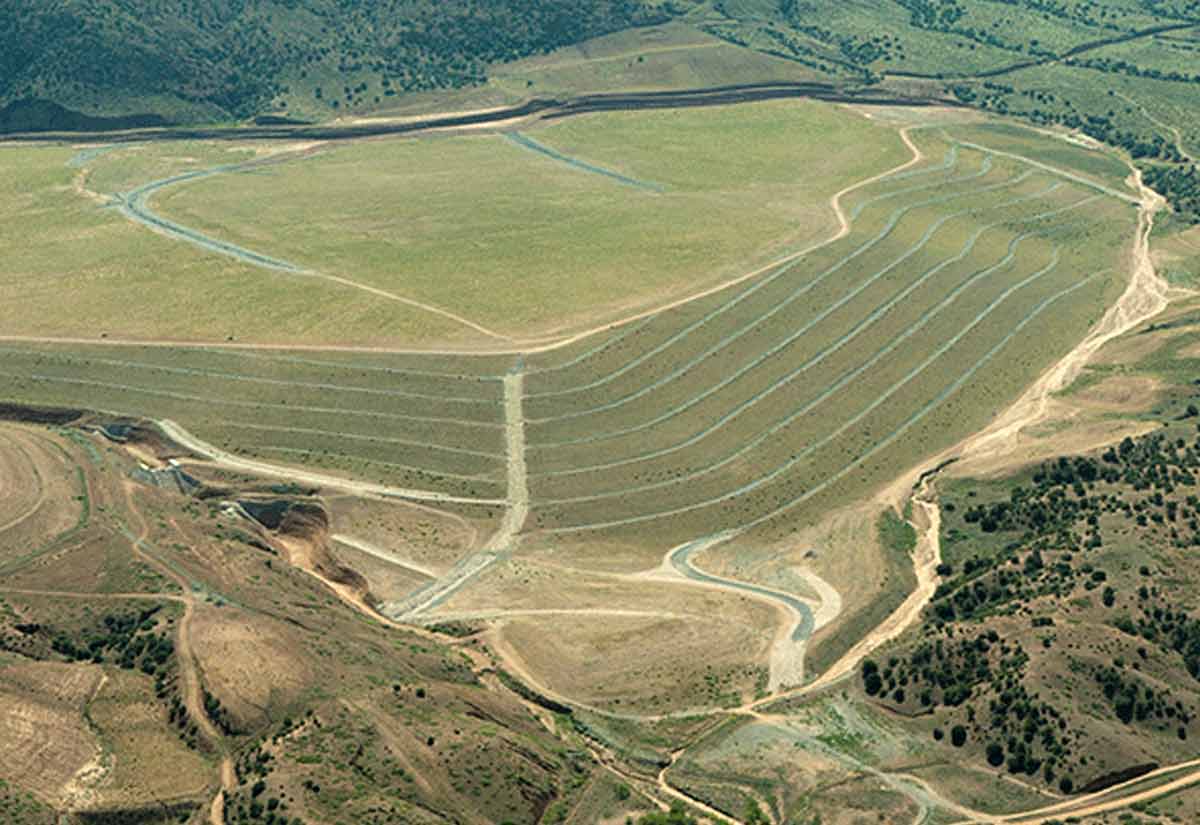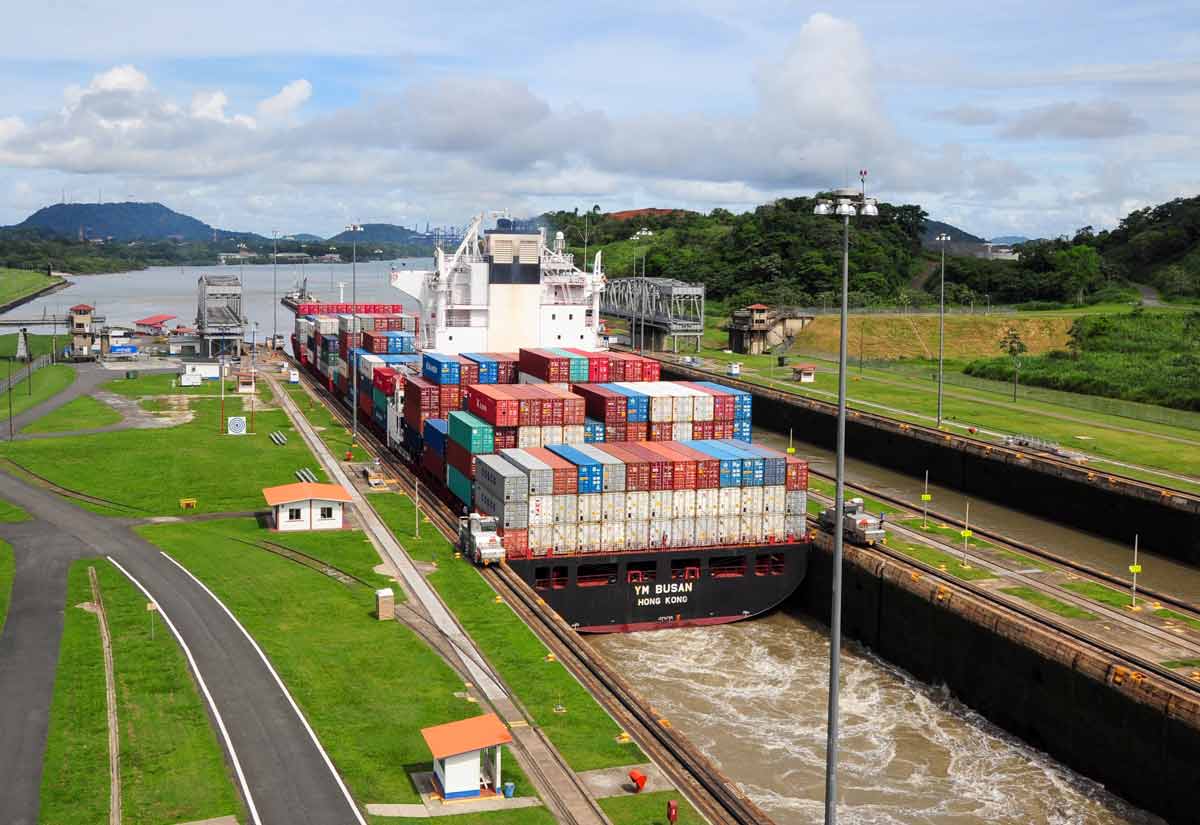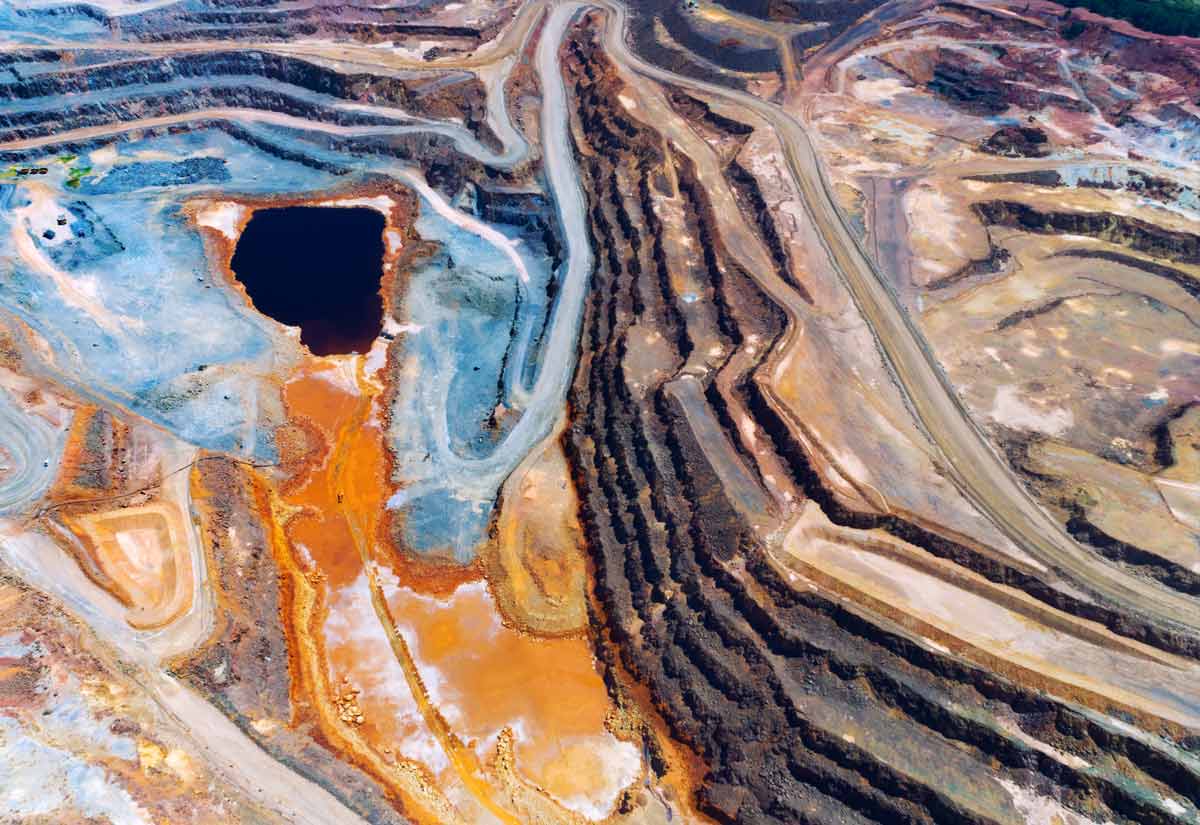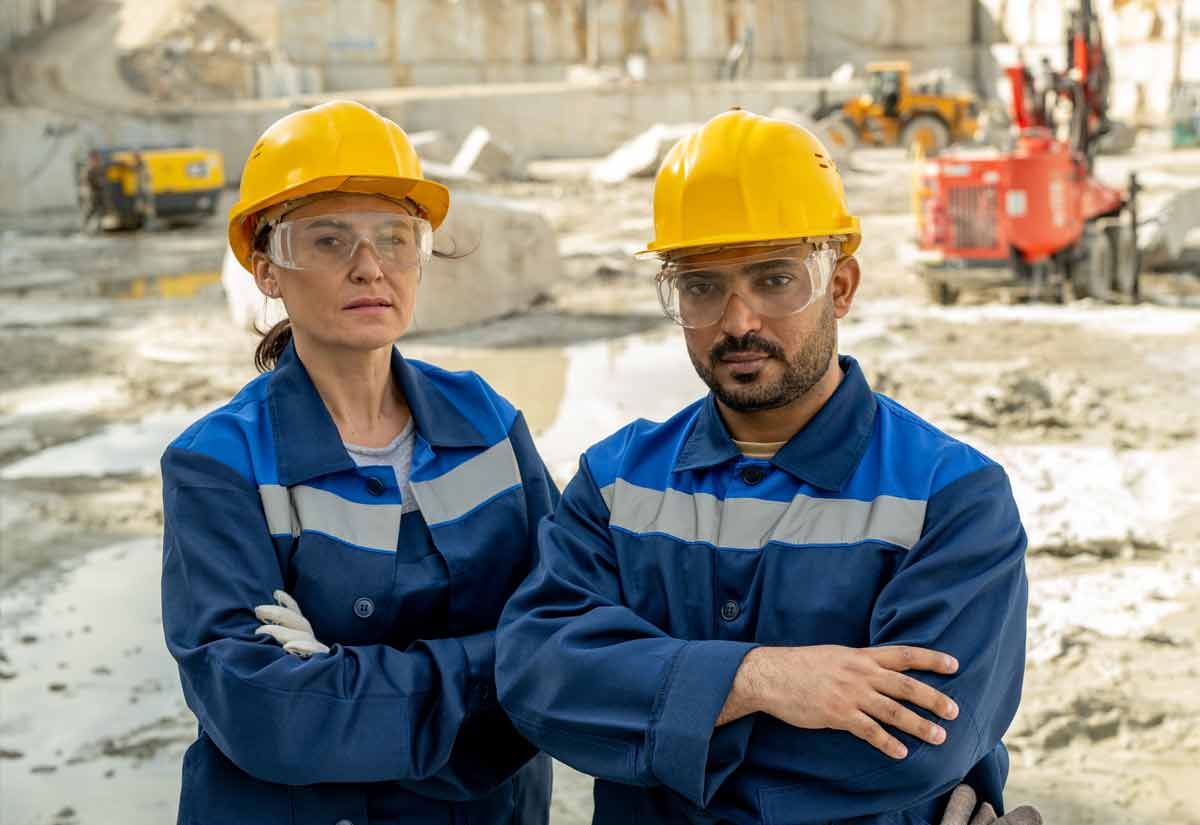The Green Rush to Less Than Reliable Energy Sources
In an earlier blog, Resource Erectors looked at how the “green rush” to alternative energy technology has left the California power grid on the brink of collapse as the Golden State struggles with record-breaking heat waves and wildfires. Premature reliance on solar and wind power has resulted in rolling brownouts. Manufacturing disruptions and shutdowns are adding to the burden for California residents and businesses alike, in the world’s 5th largest economy already severely impeded in 2020 by some of the nation’s most rigorous COVID 19 crisis restrictions.
All this is happening in a state which is rich in abundant traditional energy resources. Overreaching environmental activism in California and around the globe rejects all traditional forms of energy production, endorsing only solar and wind power as truly sustainable green technology.
Carbon emission numbers, the notorious “carbon footprints” set the green benchmark so abundant natural gas that provides nearly half of available energy for fulfilling the immense energy demand coming from nearly 40 million residents in California is rejected. Over-reliance on wind power isn’t limited to the US. The UK and particularly Australia, where the green lobbies have been most aggressive, are also facing the consequences of the green rush to wind farms.
Manufacturers unable to rely on the shaky green grid are leaving California in droves. The unreliable power supply is the last straw in an already hostile business environment. In this article, we’ll dive deeper into wind power and explain why the green rush to deploy wind farms as a primary energy provider is anything but an exemplary green model for other states and nations to emulate.
We need to build incremental bridges to clean sustainable energy infrastructure with all available energy sources. Here’s why.
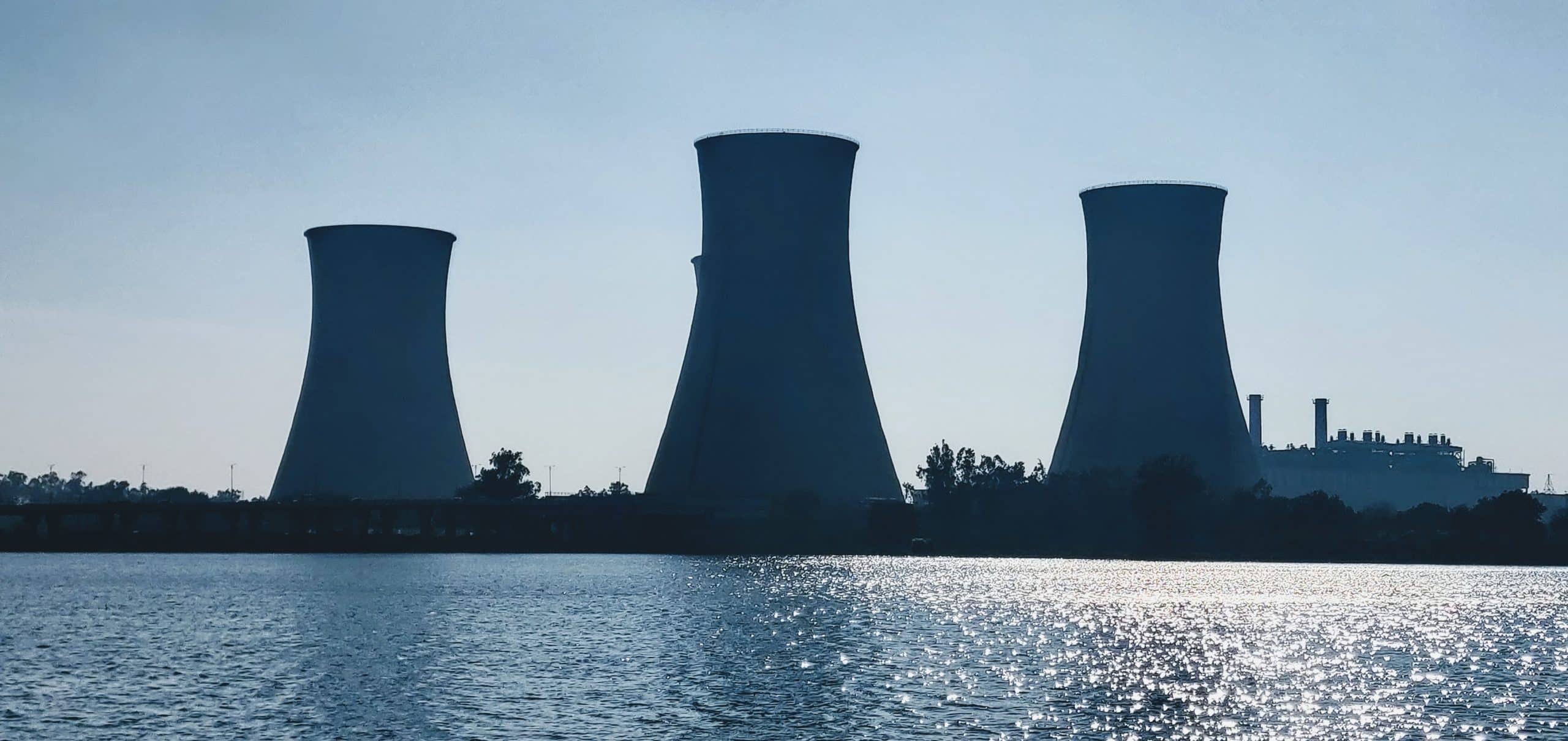
Muddy Carbon Footprints in the Wind Farm Valley
While clean, safe, nuclear power with a zero-carbon footprint has been available since 1958, the obsolete “no-nukes” legacy going back to the Jane Fonda “China Syndrome” era of the 70s is still nearly impossible to overcome. This negative anti-nuke bias persists despite 4 decades of advancement in power output capacity and much safer nuclear energy technology with resilient fuels and better reactor design.
“Controlling carbon in the atmosphere will require a mix of energy technologies—potentially including nuclear reactors, which emit no carbon but are seen as risky because of a few major accidents. That risk could be greatly reduced.”- Scientific American July 2019
All too often, radical environmental policies overlook the need for a seamless transition or a bridge to new technologies. Natural gas is constantly under attack, with civil suits launched by radical environmental groups such as WildEarth Guardians of New Mexico. These lawsuits are filed despite the fact that the natural gas resource is perfectly suited as a bridge fuel to reduce both air pollution and carbon emissions.
“As the cleanest-burning hydrocarbon, natural gas can help improve air quality by reducing carbon emissions into the atmosphere – if it is used more for both electrical generation and transportation.” Barnett Shale Energy Education Association
But any “hydrocarbon” energy source is taboo in the strange arena of politically correct “climate justice”, whatever that is. The result? The progressive legislative trend to permit wind and solar power only, while regulating the clean nuclear energy option, natural gas, and others right off the grid, is far from “progressive”.
The primary problem is that still evolving technologies such as wind and solar power aren’t reliable enough or productive enough to operate solely on their own without redundant backup from traditional power grid contributors. Worse yet, aggressive force-feeding of green tech is often held up to the public as a model of environmental progress, one that will make traditional industries such as mining, oil and gas, and nuclear energy obsolete. And the dreaded “carbon footprint” is the usual benchmark for promoting these undeveloped technologies prematurely.
Let’s start with the universally applicable wise maxim that any engineer, detail-oriented executive, or operations manager can attest to:
TANSTAAFL: There Ain’t No Such Thing As A Free Lunch
At Resource Erectors we maintain connections with the industry-leading companies and professionals in engineering, civil construction, mining, tunneling, and manufacturing. Any of these seasoned industry experts can tell you that with any technology or industrial process the TANSTAAFL rule always applies. For every innovation, there is always some trade-off involved, though it may require some deep diving to discover the less obvious collateral effects. Wind turbines and wind farms are no exception to that iron-clad engineering rule.
In fact, wind turbine farms start digging their deep carbon footprints long before the first megawatt ever gets to the power grid. These magical green saviors don’t simply appear on the earth, benevolently bestowed by the grace of the green gods. They have to be built and maintained with huge cranes. Sturdy construction requires steel, rebar, portland cement, and mined rare-earth minerals.
Wind turbine magnets require the mining of extremely toxic neodymium, a rare earth element with a hazardous refining process involving repeated boiling in acid while generating radioactive thorium as a waste product.
Obtaining the 2500 kilograms (2.75 tons!) of neodymium required for every enormous industrial-grade wind turbine is so lethal that only one country will engage in the business. China. And Chinese citizens are paying a high price for the US and other countries to “flaunt their green credentials” as this article by Simon Parry in China and Ed Douglas in Scotland pointed out way back in 2011.
Add to that the total carbon dioxide emissions involved with erecting just one wind turbine when mined materials, portland cement, aggregates for concrete foundations, steel, rebar, transportation, and heavy-duty construction equipment operations on the site and you’re looking at a carbon footprint deficit of 241.85 tons of CO2 before the blades have made one wind-driven revolution. That would be a reasonable trade-off for a 100% reliable energy source, but for one that fell short of producing 8% of the grid’s power for California in 2018? Not so much.
How Not to Use Coal and Natural Gas For Energy Efficiency
That’s hardly a carbon-free lunch for the environment, especially since wind farms require backup “balancing plants” that rely on coal or natural gas power to kick in on calm windless days, as they do in Texas and Colorado. Using these powerful grid technologies as less than optimally efficient “on and off” backup for minimally producing wind farms makes no sense at all when air pollution and CO2 emissions are the priority. An informative report from National Wind Watch points out the hard facts:
“When coal plants are used as wind energy balancing plants, as is the case with Colorado and Texas, the rapid up and down ramping at part-load causes their combustion systems (designed for optimum, steady operation near rated output) to become unstable, and because the up and down ramping causes the chemical composition of the flue gas to vary, the scrubber-based air pollution control systems (designed for optimum, steady operation near rated output) also become unstable as the required stoichiometric chemical ratios cannot be maintained in a timely manner. The up and down ramping increases wear and tear of equipment and shortens useful service lives, just as with a car.”- National Wind Watch
Keeping A Close Eye on Industry at Resource Erectors
At Resource Erectors one of our missions is keeping a close eye on technology and infrastructure trends that affect the industries we support and the qualified professionals who keep them up and running.
Too often the value of mining, minerals, precious metals, civil construction, engineering, and manufacturing is overlooked by a public saturated for decades with overreaching environmental activism. Well-intended but misinformed members of the “green movement” are often completely oblivious to the important roles that these vital industries play in their own high-tech modern lifestyles. Here’s a great Resource Erector article about The 10 Industrial Minerals Everyone Has in Their Pocket to help folks understand just how essential these industries are in their own lives.
About Resource Erectors
At Resource Erectors we bring decades of specialized recruiting experience to the table to ensure that you can build your company’s dream team or advance your professional career as a top qualified candidate in mining, civil construction, engineering, aggregates, and more. From senior executives and engineering to sales and logistics, over 80% of our placed professionals are still contributing to the success of their industry-leading companies five years later.
We know how costly a bad hire can be for your business and we have the expertise to match the top talent with the companies who need them to get it right the first time and every time. Vacancies in essential positions can incur high costs and disruption in an otherwise thriving business organization so please don’t hesitate to contact us today.
